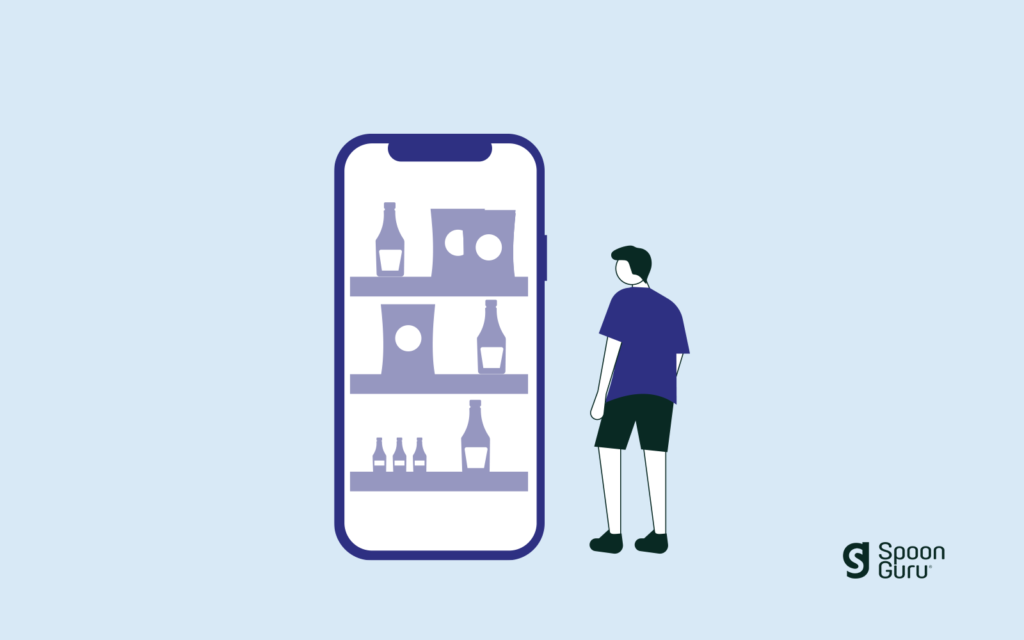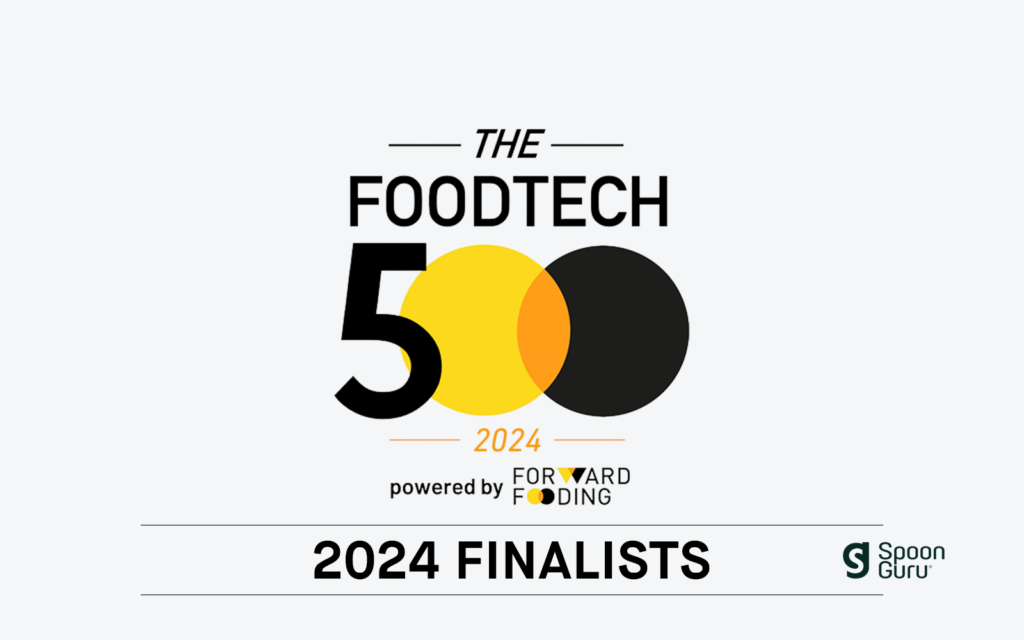Retailers are under constant pressure to diversify and emphasise their product offering through a health lens. However, differentiating “healthier” products is highly complex, requiring data-led nutrition and demanding attention from regulatory framework, nutritional guidelines, and product label knowledge.
Feature Posts
One of the most important aspects of a food retailer’s site is its search functionality. Without a robust system in place, you inhibit your customers’ ability to shop for the products they need. With the correct indexing customers can find what they’re looking for with ease.
We’re thrilled to announce that Spoon Guru has been named in the 2024 FoodTech 500 list by Forward Fooding! This prestigious recognition celebrates innovative companies at the intersection of food, technology, and sustainability. We are honoured to be among the selected entrepreneurs from over 1,420 applicants across more than 50 countries. About the FoodTech 500 […]
When it comes to food shopping online, consumers depend on precise product information to make informed choices, especially concerning dietary needs and allergies. However, inaccurate data can lead to mislabeled products and incorrect search results, adversely affecting customer experience and safety.
GLP-1 medications are not magic bullets. Their efficacy is amplified when combined with evidence-based nutritional advice and sustained behavioural changes. Without these elements, patients may not fully benefit from the metabolic and appetite-regulating advantages of GLP-1 treatments. Digital tools and credible Nutrition AI solutions have the potential to bridge the gap between patients and experts, offering scalable, personalized support that enhances the effectiveness of GLP-1 treatments.
Ten French retailers are pioneering the way in providing an Eco Score that allows consumers to understand the impact a food product has on the environment. Here’s how it works.
Retail CEOs have weathered the onset of the pandemic and are now focused on larger issues that are influencing store operations. What’s keeping CEOs up at night now are labor shortages, climate change, and transportation; and their impact on prices and availability of the food and beverages in store.
One of the most important aspects of a food retailer’s site is its search functionality. Without a robust system in place, you inhibit your customers’ ability to shop for the products they need. With the correct indexing customers can find what they’re looking for with ease.
Grocery shopping on-line will certainly reduce the anxiety of seeing empty shelves, and shoppers will only see the products that are available. What shoppers will demand however, alongside a better UX, is more accurate information.







